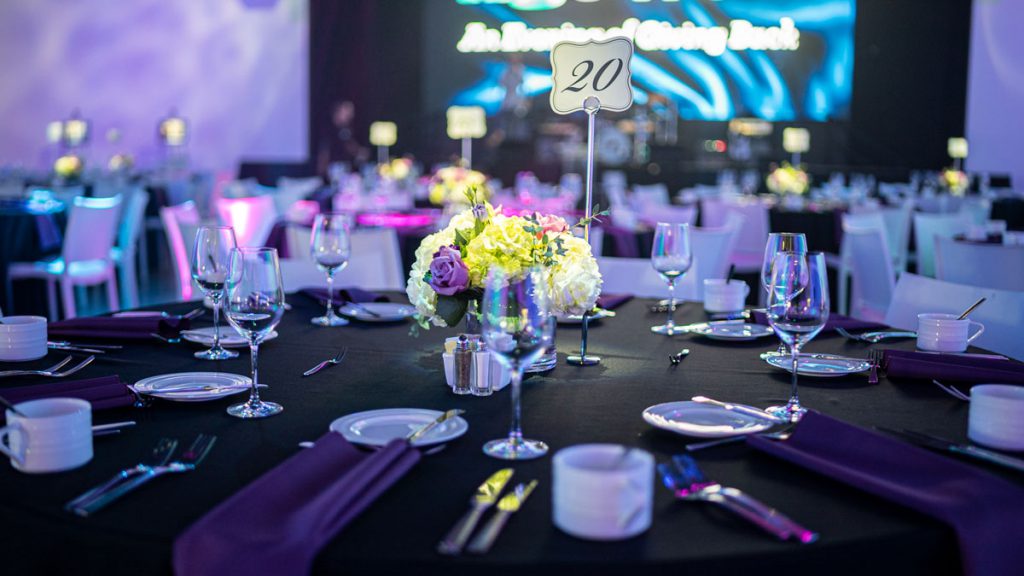Crucial Tactics for Enhancing the Lifespan of The LED Display
Wiki Article
Light Emitting Diode walls are growing increasingly widely used for various applications, from marketing to entertainment. To ensure that these screens function effectively over the years, it is essential to adopt tactics that maximize their lifespan. Comprehending the elements that affect the longevity of LED walls can help users sustain their functionality and avoid unneeded substitutions.
One of the primary elements that can extend the lifespan of an LED screen is proper setup. It is vital to have a skilled crew handle the installation procedure to ensure all components are properly attached. Poor installation can result in power issues or physical damage. Additionally, the placement of the LED screen should take into account environmental conditions such as sunlight exposure and moisture levels. A properly set up screen in a suitable location will reduce the risk of damage caused by external factors.

Regular maintenance is another crucial tactic to prolong the life of an Light Emitting Diode screen. This entails routine inspections to monitor for any indicators of wear or malfunction. Dirt and debris can build up on the surface of the LED screens, impacting luminosity and color quality. Cleaning the displays with suitable cleaners will help maintain optimal clarity. It is also important to check the components behind the display, ensuring that all links are tight and that there are no heat issues, which can significantly shorten the lifespan of the parts.
Electrical management plays a vital role in improving the lifespan of an Light Emitting Diode wall. Over-voltage or fluctuating electricity supply can harm the inner circuitry. To avoid this, using a high-quality power supply and implementing surge protection strategies is recommended. Additionally, adjusting the screen to operate at reduced brightness levels when high brightness is not required can lessen stress on the lights. This not only prolongs the lifespan of the wall but also conserves energy, making it a cost-effective choice.
In addition, program control can influence the performance of LED walls. Regularly updating the software that controls the screen guarantees that it useful source operates smoothly and includes any essential safety patches. Old software can lead to performance issues and may expose the system to vulnerabilities. Proper scheduling of content can also assist with overseeing the demand of the screen, permitting it to idle during off-peak hours, which can aid to a greater durability.
In summary, extending the lifespan of an LED screen involves a mix of proper installation, routine upkeep, effective power management, and careful program management. By focusing on these essential tactics, users can ensure that their Light Emitting Diode screens remain functional and aesthetically appealing for many seasons. Taking preventive measures will not only improve the performance of the Light Emitting Diode screen but also provide a greater yield on investment over the years.